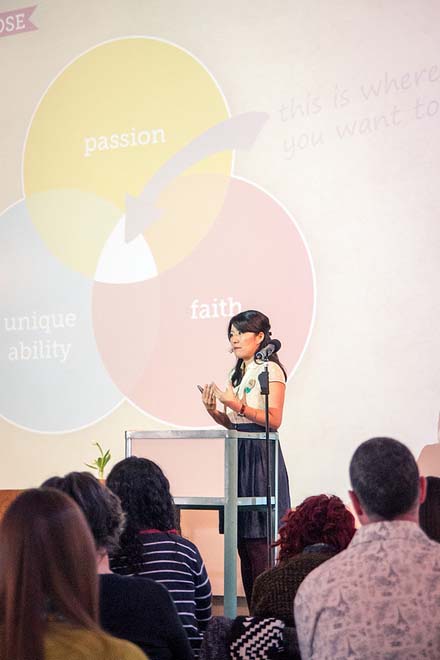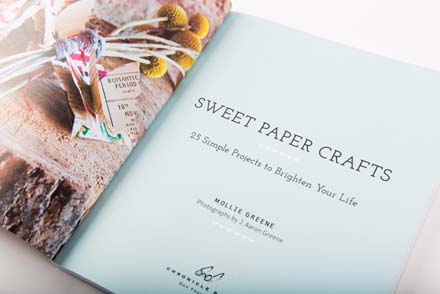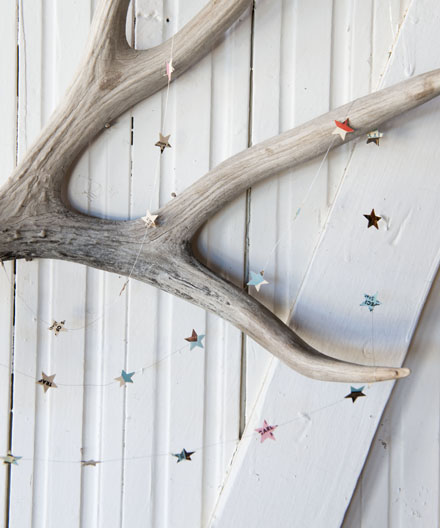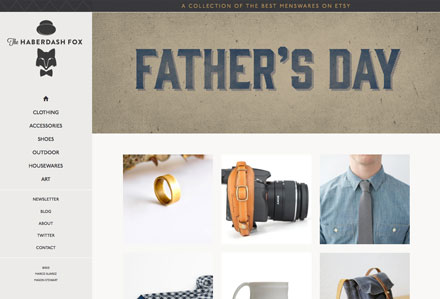Anyone who has followed Indie Craft Parade for even a short amount of time knows that we have two main objectives: 1) bring handmade awareness to our community and 2) assist artists and creatives in growing their businesses. Well, we're super excited to announce that over the next year we have even bigger and better plans to make that happen. Of course, we'll be again hosting The Makers Summit and the Holiday Fair. But additionally we will be having once-a-month workshops or meet-ups to further encourage either hand-making or small creative business success. We've planned an assortment of events where attendees could learn a new skill they've always wanted to try, further connect with other makers in our community, and develop valuable tools for growing their trades.
The full details of these events will be available at the festival in a few weeks. However, we wanted to introduce our first workshop right away. It's an extremely valuable tool, and we want as many people to know about it as possible. On October 5, we will be partnering with Amy Flurry, the genius behind Recipe for Press, to hold a Saturday mini-conference.
At this event, Amy will address questions about successfully getting your work into the hands of publishers and receiving long term exposure. She will breakdown this daunting subject by answering questions like these:
How do you find the right editor to approach? What are they really looking for? How far in advance should you pitch a magazine? How long should you wait before following up? What one word is an editor looking to find in every pitch? How long should a pitch be? Do you need a press kit? Can you pitch an idea to multiple editors at the same time? Should images be sent with a pitch? How often can you pitch a blogger? Should you give away tons of products? What is the best way to thank an editor? What do editors need to find on your website? How many editors should you approach at one publication? What kind of approach gets results?
Amy speaking at the 2013 Makers Summit.
There really is no one better to be addressing this topic than Amy. Besides her own book, Recipe for Press, Amy has contributed to magazines and online publications including Lucky, InStyle, O @ Home, Country Living, Condé Nast Traveler, Better Homes & Gardens, House Beautiful, Budget Living, Design Sponge, and Refinery 29. And she's willing to share what's she's learned through the process with you.
If you have a small creative business, or even if you're in the processes of building your business, this workshop would be an invaluable tool. Tickets are available for sale from Amy's website. And here are the official details on the workshop:
Event: DIY PR Workshop with Amy Flurry When: Saturday, October 5 from 10 AM to 12 PM Where: OOBE, Textile Hall; 201 Riverplace, Suite 301, Greenville, SC 29601 Cost: $40 To Sign Up: Visit the Store on Amy's website
Please contact us at info@indiecraftparade.com if you have questions about this event. We can't stress enough how important this workshop could be for your business.
























































































